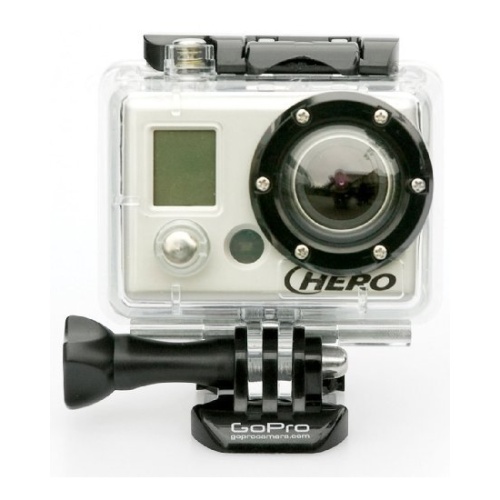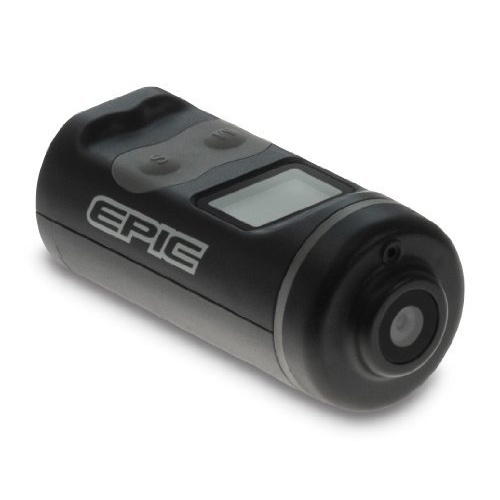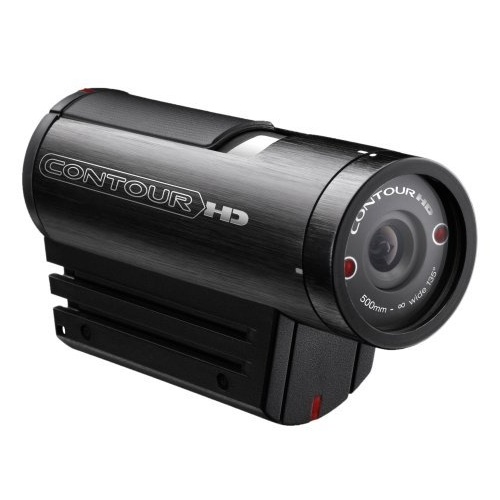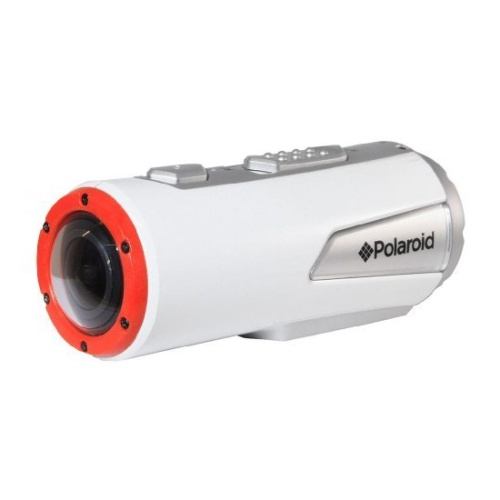[ View All Other Cycling Accessories ]
 |
 |
 |
Helmet camera is basically a video camera that’s mounted on the helmet, which can either point forward, backward or even both. While helmet cameras are not exactly a new innovation, major developments and evolution have been made in terms of quality, shape, size and other important factors. If you are contemplating on a helmet camera, read on and find out the major factors you need to take into account.
Factors to Consider When Buyin Helmet Cameras
Resolution
In the world of video recording, resolution refers to the image quality of the video. Basically, the higher the definition, the better and clearer the captured video images will be. When you look for helmet video cameras, you will no doubt come across standard and high-definition cameras. Just note that the price of HD helmet cam is significantly higher.
Sound Quality
When using a helmet camera while cycling, one of the main concerns is the sound of the wind blowing in the background, which can mess up the audio. For this reason, it is important that you choose a camera with good sound quality.
Size And Shape
Since helmet video cameras are mounted on the headgear, size and weight plays an important factor in ensuring comfort. In addition to comfort, you don’t want a bulky camera to get caught by branches when riding on a trail. The common shapes for helmet camera are cylindrical and square.
Field of View
The field of view reflects how your camera sees the world. Some cameras have narrower field of view, which can be down to 50 degrees, while others are available as wide as 170 degrees.
If your camera has narrow field of view, chances are, your subject will fill most of the shot, so it will not capture the surrounding action and the resulting video will be a little shaky. However, if your camera has a wider field of view, you will also be able to capture the surrounding action and the video will be significantly smoother. It is advisable to have at least 90 to 120 degrees field of view.
Ease of Use
When you are out on the field, you obviously don’t want to spend too much time on fiddling your camera and trying to figure the settings. It’s practical to invest in one that is easy to use and requires minimal adjustments, quick installations and removal of batteries. You can also consider buying one that comes with a wireless remote that you can easily attach to your gloves.
Water-Resistant
Most helmet mounted cameras are water-resistant, which means you can continue shooting under a light drizzle. However, make sure it is actually included in its list of features just to be on the safe side.
Construction and Durability
Unlike ordinary camcorders, helmet video cameras are specifically designed for dynamics environments, which mean they are specifically designed to be more resilient to dirt, water, cold, vibration, and even an occasional impact.
Wired or Wireless?
Wired Helmet Camera is strapped onto a helmet and then connected by a wire fed inside the cyclist’s bag to a VCR that stores the video in its memory.
Wireless Helmet Camera works by recording the videos onto a memory card. Wireless helmet cameras can be more easily mounted onto any surface or any part of the bicycle. This will give amazing points of view to the audience.
Battery Type
Camera batteries can either come off the shelf or the lithium type. These types of batters come with their own share of pros and cons. Off the shelf batteries such as AA and AAA, can be readily purchased, inexpensive and more environment friendly, but they are known to be heavier and bulkier. On the other hand, lithium batteries are more expensive but considerably smaller and lighter.
Filming Tips..?
Here are some filmint tips to consider:
- Know the limitations of your camera.
- Know the environment that you are going to cycle in. Adjust your camera accordingly.
- Find the best position and angle. is tricky, by trial and error.
Avaluate Your Needs
Now that you have a fairly good idea what specific features to consider, you have probably trimmed down your options significantly. Now it is the time to know your own application. You should ask yourself questions such as:
- What is your purpose for buying a helmet camera?
- What time of day do you plan to shoot?
- Will the camera be constantly exposed to water?
- How important is the video quality?
- Where and how do you plant to mount your camera?
Where to Buy Bicycle Helmet Cameras?
If you are interested in buying bicycle helmet cameras you can buy them in one of these trusted online stores:
 |
 |
 |
Check Out These Articles About Helmet Cameras
GoPro Camera – Although the GoPro camera might seem a bit expensive, it actually provides good value for your money with the quality of recordings you will get.
Cheap Helmet Camera – If you are looking for real value for your money, you may want to focus on buying a cheap helmet camera. They offer decent features, without the hefty price.
Helmet Camera Reviews – Reading helmet camera reviews is highly recommended if you are planning on buying a new video camera. Check the top helmet video camera brands in the market.
Best Helmet Camera – Every cyclist dreams of filming their journeys. Let’s take a look at some of the best cameras. This will help you pick the best helmet camera for your needs.


